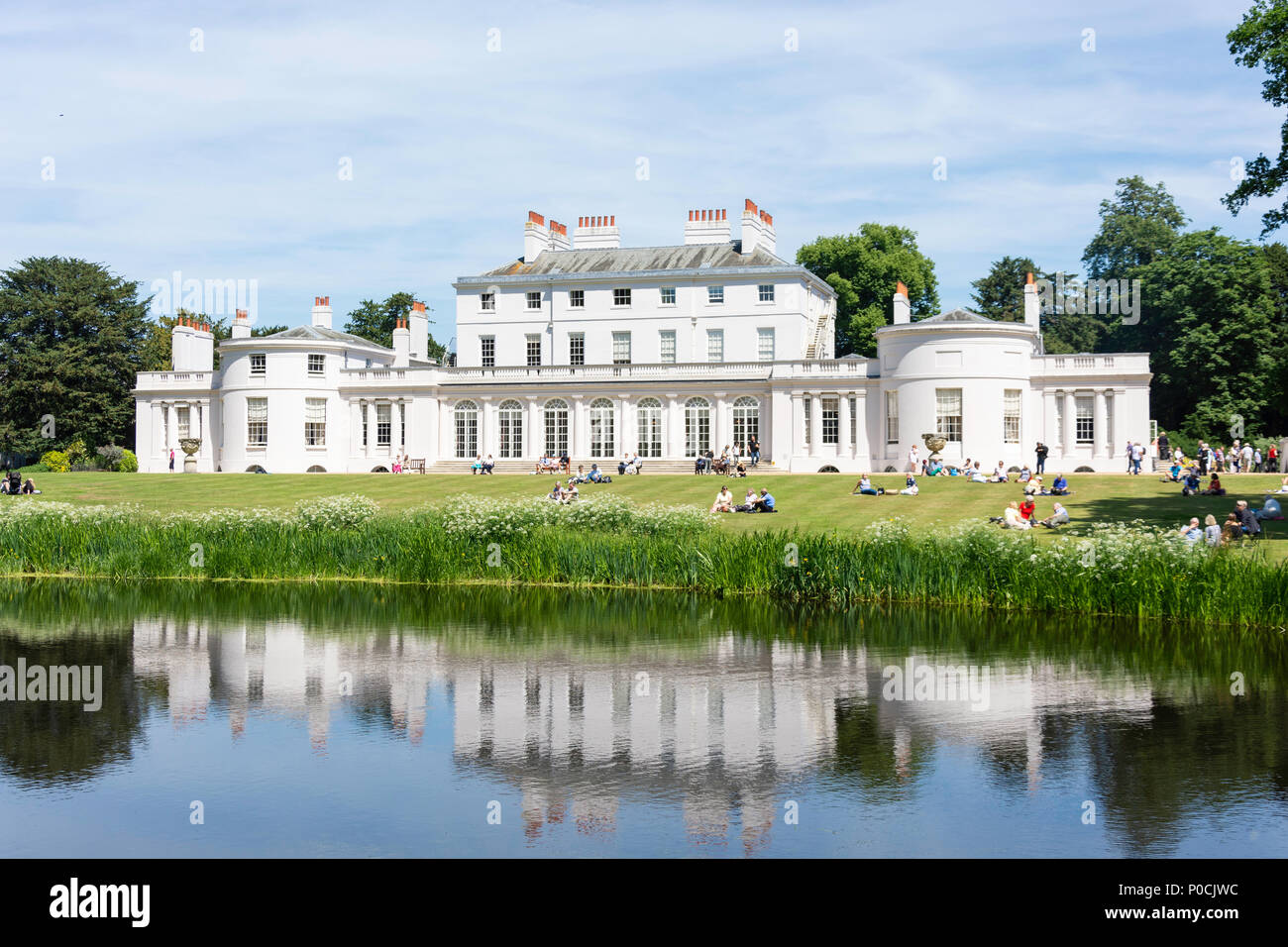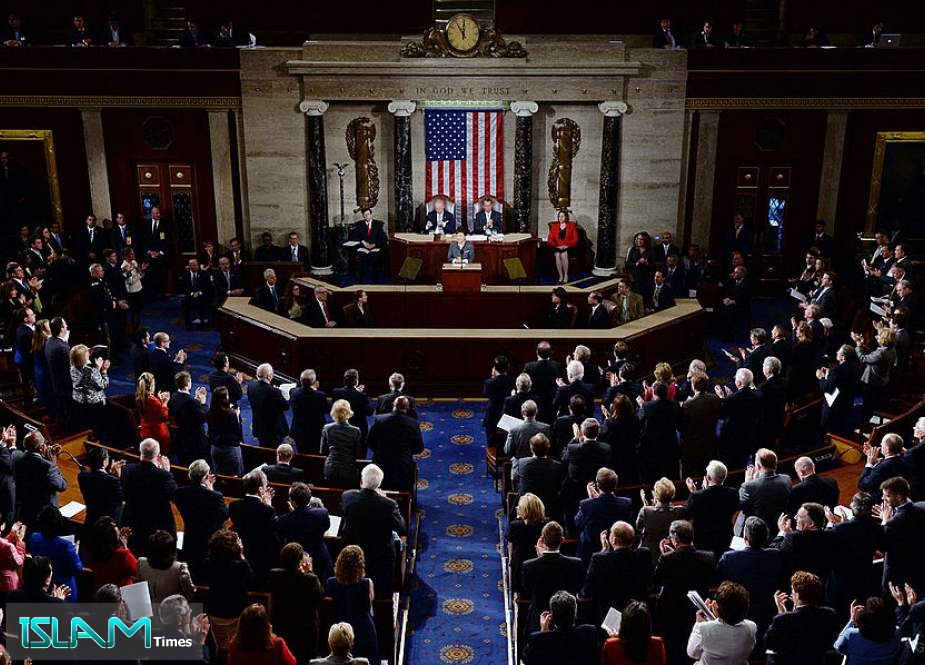Table Of Content

The Queen's interest in botany started when she lived at Kew Palace in the 1770s and it was given full rein at Frogmore. Her garden was laid out with rare and unusual trees and plants, including lilacs, honeysuckle, and golden rain trees. She also installed new garden features, including a thatched hermitage, barn and Gothic ruin, which was designed by her daughter, Princess Elizabeth. Queen Charlotte and her unmarried daughters used Frogmore as a country retreat where they indulged in their hobbies such as painting, drawing, needlework, reading and botany.
Historic Sites Associated with Mary Queen of Scots
Subsequent alterations were made under Queen Victoria and Queen Mary, as well during our own Queen’s reign, with new trees and shrubs introduced in honour of the Silver Jubilee in 1977. A stone’s throw (half a mile to be precise) from Her Majesty’s home of Windsor Castle, the property should not be confused with Frogmore Cottage, inhabited in recent years by both the Duke and Duchess of Sussex, and Princess Eugenie and Jack Brooksbank, which is also situated in Home Park. The gardens were created in the 1790s by Queen Charlotte's Vice-Chamberlain, Major William Price, and by the Rev. Christopher Alderson of Derbyshire. Price and Alderson created the winding lakes, wooded mounds, glades, walks and bridges in the Picturesque style.
Your Wedding with a Royal Twist
Frogmore Cottage: Prince Harry and Meghan Markle's Windsor home - Homes & Gardens
Frogmore Cottage: Prince Harry and Meghan Markle's Windsor home .
Posted: Sat, 04 Jun 2022 14:38:58 GMT [source]
Queen Charlotte occupied the property for a while with her unmarried daughters who saw the house as a ‘retreat’ from the pressures of court, and a space in which to practise their pastimes of painting, drawing, needlework, reading and ‘botanising’. One of the most charming of the garden features is that of Queen Victoria’s brick Tea House, which was built in around 1870. Queen Victoria would often work in the gardens, breakfasting or reading in Princess Elizabeth’s Gothic Ruins and writing in tents erected under the trees. Following his engagement in 1894 to Princess Alice’s daughter, Princess Alix of Hesse, the future Tsar Nicholas II of Russia came on a blissful summer visit to the Queen at Windsor. His diary records morning drives in a char-a-banc after breakfast to Frogmore for coffee with the Queen, or of walking by the lake with Princess Alix and attending service in the Royal Mausoleum.
THE ROYAL ESTATE, WINDSOR: FROGMORE GARDENS
Today, with its handsome house and tranquil gardens, it is easy to imagine the love Frogmore inspired in its former residents. Designed by the architect James Wyatt, the Colonnade is a beautiful light space and forms something of an open gallery with views onto the sweeping lawn. Today it contains plaster casts of all Queen Victoria’s children, made after the casts to be found at Osborne House by the sculptor Mary Thornycroft. One of the most charming of these shows her youngest daughter and last child, Princess Beatrice as a baby inside a shell.
A special album of watercolours was made to record the appearance of the Duchess’s rooms at the time of her death, showing the red chaise-longue on which she died. Princess Alice was one of the Queen’s children who treasured the memory of her beloved grandmother, writing to the Queen on the third anniversary of the Duchess’s death that she still remembered the moment when her father Prince Albert, led her to the Colonnade after the event. Frogmore House and the Mausoleum are open to the public on special days only, usually during June for individual visitors, and during August for organised groups of 15 or more. Built in 1680 by Charles II’s architect, Hugh May, the house is packed with mementos, not least the Britannia Room, formerly the dining room for Queen Victoria’s mother. When the royal yacht, Britannia, was decommissioned in 1997, Prince Philip took its dining room furniture to Frogmore. The Hepplewhite dining chairs from Britannia are here, as is the mahogany dining table made for the yacht, and four sideboards, by Waring and Gillow, from the previous royal yacht, Victoria & Albert III.
For almost 20 years, Frogmore was the home of Queen Victoria's mother, The Duchess of Kent. Queen Victoria often visited Frogmore during her long widowhood and worked on her papers there. You can also see watercolours by her daughters, the Princess Victoria and Louise in the house. During King Edward VII's reign, Frogmore was used by the King's son and daughter-in-law, the future King George V and Queen Mary. Queen Mary spent many hours sorting, rearranging and cataloguing items at Frogmore.
Windsor Castle
Prince Harry reveals what he and Meghan really thought about Frogmore Cottage - HELLO!
Prince Harry reveals what he and Meghan really thought about Frogmore Cottage.
Posted: Fri, 30 Jun 2023 07:00:00 GMT [source]
Amelia Lodge was much loved by Queen Charlotte but, following the purchase of Great Frogmore in 1792, both estates were united, which resulted in the eventual demolition of Amelia Lodge and the focus turning instead to the Great Frogmore estate and House. It was very much the intention of the architect James Wyatt, to turn Frogmore into something of an “English Trianon”, after the French model of Queen Charlotte’s exact contemporary, Marie Antoinette at Versailles. Frogmore House and gardens will be open to the public on Tuesday May 28th via the National Open Garden Scheme. Still, today, the Queen gives gardening suggestions to Frogmore’s head gardener, Neil Dodds, who has tended the garden for 35 years. Between him and four other gardeners, they have notched up over a century at Frogmore.
How Did 3 People Seemingly Escape From Alcatraz?
She commissioned the renowned 18th-century flower painter Mary Moser to decorate one of the principal rooms so it resembled an arbour open to the skies. The Cross Gallery was painted with garlands by Princess Elizabeth, the daughter of George III and Queen Charlotte. In the second half of the 19th century, Frogmore was intermittently used as the residence of different members of the royal family. In 1863, The Princess of Wales (the future Queen Alexandra) gave birth to her first child, Prince Albert Victor.
She described the house as 'a family souvenir museum as well as a museum of "bygones" and of interesting odds and ends'. The house was enlarged by James Wyatt in the 1790s, and after Queen Charlotte’s death in 1818, passed to her eldest daughter, Princess Augusta. After her death in 1840, it was given by Queen Victoria to her mother, the Duchess of Kent.

Hugh May, Charles II's architect at Windsor, built the house for his nephew Thomas May and his wife Anne Aldworth, since its completion in 1684, it's been occupied by a succession of Crown tenants. Despite no longer being an occupied royal residence, the property is still privately used by the Royal Family for entertaining – most recently, as the reception venue for the Duke and Duchess of Sussex’s wedding in 2018. Photographs were taken of the couple outside the front doors of Windsor Castle leaving for the reception via a sleek silver-blue Jaguar convertible. It was here that the duchess debuted her second wedding dress of the day, a halter-neck white Stella McCartney gown, which she paired with white heels and the late Diana, Princess of Wales’s aquamarine ring. The interior of Frogmore House bears testimony to the interests and talents of the generations of the royal family who have resided there. Queen Charlotte and her daughters' passions for art and botany are reflected throughout the house, and works by the Duchess of Kent, who lived at Frogmore for almost 20 years, and those by her daughter Queen Victoria can be seen on display.
Highlights include newly rediscovered murals in the Staircase Hall which were painted by French artist Louis Laguerre and covered in 1760, before being rediscovered during late 20th century renovation. Another popular room is the Britannia Room, where, following the decommissioning of the Royal Yacht in 1997, was furnished with a selection of items from the much loved vessel by the late Duke of Edinburgh, Prince Philip. "This is definitely the exact kind of house where you would dream," Gambino said in an interview with USA TODAY. "It's a very special house where people immediately get, you know, emotionally connected when they're there."
He also commented on the rhododendrons, which happily are in full May bloom every year when the gardens are open for three charity days. Half a mile from Windsor Castle stands Frogmore House, the 17th-century bolthole acquired and renovated for George III’s wife Queen Charlotte that is still used by the royal family today for hosting events. Now, for the first time since 2019, Frogmore House is opening to the public for a series of charity open garden days throughout the summer. During Queen Charlotte’s occupation of the stately seat, she and her vice chancellor created the winding lakes, wooded mounds, glades, walks and bridges in the 1790s. Guided by her passionate interest in botany, the queen also introduced over 4,000 trees and shrubs to create an idyllic and picturesque landscape.
"The idea of peace and emptiness and quiet beauty were very important in 16th-century Japan. These traditions have carried on for hundreds of years, including today." Frogmore House is usually open to pre-booked groups of 15 or more people during August each year. Frogmore is also open to individuals on three Charity Open Days, when all proceeds are donated to specially selected charities.
It was then lived in by Queen Victoria’s third daughter, Princess Helena, then King George V and Queen Mary. Situated in the Home Park of Windsor Castle, Grade-I listed Frogmore House is a 17th century English country house owned by the Crown Estate. It was let to a number of tenants until the 18th century, when it was used intermittently as a residence by several British royals. The two-bed, two-bath home sits on a quarter-acre lot, and Putman boasted the gardens and terraces as a draw for potential buyers. Plus, it has a great view of the city, she said, making it the ultimate LA outdoor space. "The setting, the architecture, it's all there to convey a sense of feeling," Polyakov says.
Queen Charlotte would come to love Frogmore as a place of private retreat and recreation – various accounts exist of her and her daughters engaging in pastimes such as painting, drawing, needlework, reading, music and japanning. It became a royal residence in 1792 when it was bought by George III's wife, Queen Charlotte. Frogmore House, so named due to the large number of frogs in the area originally, stood on the estates of Great and Little Frogmore, which were bought by Henry VIII in the 16th-century.
In Queen Charlotte's own words, 'I mean this place to furnish me with fresh amusements every day'. Although the house was generally in good condition after being continuously occupied, Frogmore needed a number of alterations to make it fit for use by the royal family. Designed by LA architect William King and built in 1982, the listing comes with several gathering spaces in and around the home, with charming gardens, a wraparound deck and a garage that could be used as studio space. The 35-acre gardens at Frogmore House were laid out for Queen Charlotte in the 1790s, based on a model 'picturesque' landscape, with winding lakes, wooded mounds, glades, walks and bridges. The Duchess of Kent’s health had gradually declined but took a rapid turn for the worst in 1861, when after suffering from an abscess on her arm, she was operated on following a diagnosis with erysipelas. The Duchess finally died on 16 March 1861 in her bedroom at Frogmore House, a room off of the Cross Gallery, which is not open to the public.

No comments:
Post a Comment